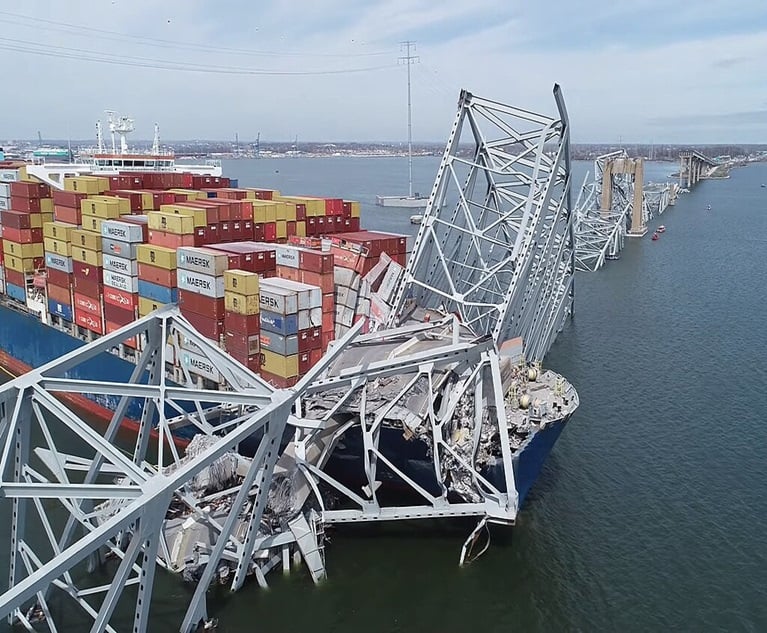(Bloomberg) — As flames lit up the hills just across the freeway, torching mansions, the thousands of works of art in the Getty Center hung unperturbed. Nobody did anything to them. They didn't have to.
Related: California Dept. of Insurance issues formal notice about wildfire claims
The Getty's bucolic setting on 750 acres of forested hills above Los Angeles would appear to expose it to the kinds of infernos still charring huge swaths of Southern California. But its setting is by design, part of an elaborate system of fireproofing to shield irreplaceable art as blazes bred by climate change pose a growing threat.
"The safest place for our collections, in the event of a fire, is right where it is," museum spokesman Ron Hartwig said in a phone interview as he watched helicopters battle smoke and flames out his office window.
As climate change magnifies the threats from fires and floods, museums are taking increasingly sophisticated measures to protect their collections from extreme sunlight, humidity and temperature. "Climate change is the strongest thing that's come up over the past 10 years, from an environmental perspective that people are looking at," said Doug Hall, deputy director of the Office of Protection Services for the Smithsonian Institution in Washington.
Want to continue reading?
Become a Free PropertyCasualty360 Digital Reader
Your access to unlimited PropertyCasualty360 content isn’t changing.
Once you are an ALM digital member, you’ll receive:
- All PropertyCasualty360.com news coverage, best practices, and in-depth analysis.
- Educational webcasts, resources from industry leaders, and informative newsletters.
- Other award-winning websites including BenefitsPRO.com and ThinkAdvisor.com.
Already have an account? Sign In
© 2024 ALM Global, LLC, All Rights Reserved. Request academic re-use from www.copyright.com. All other uses, submit a request to [email protected]. For more information visit Asset & Logo Licensing.








